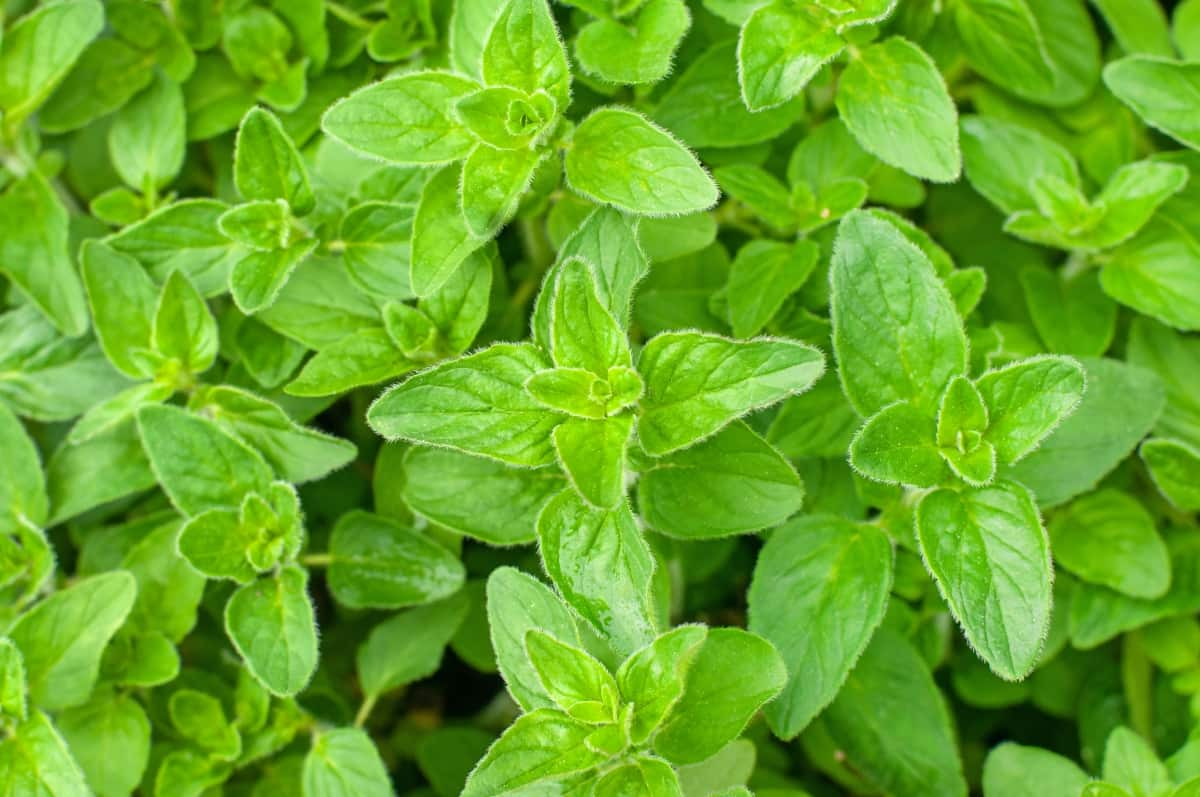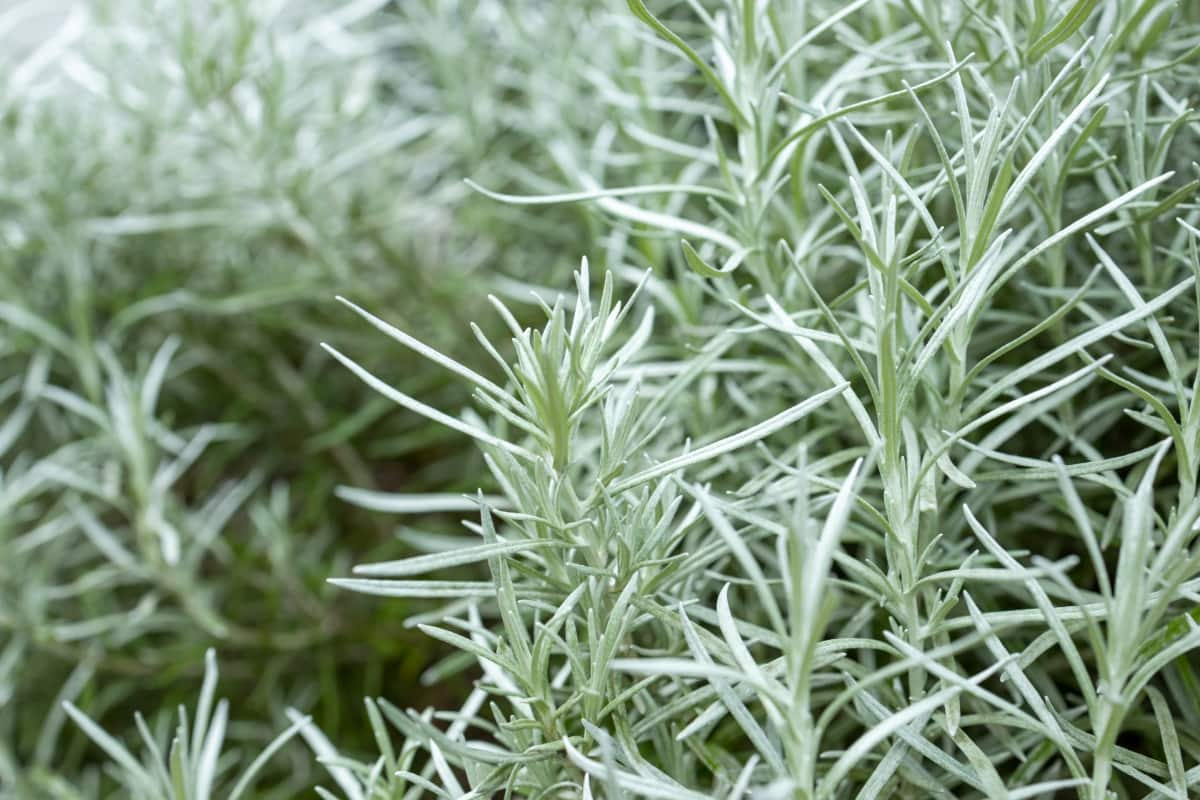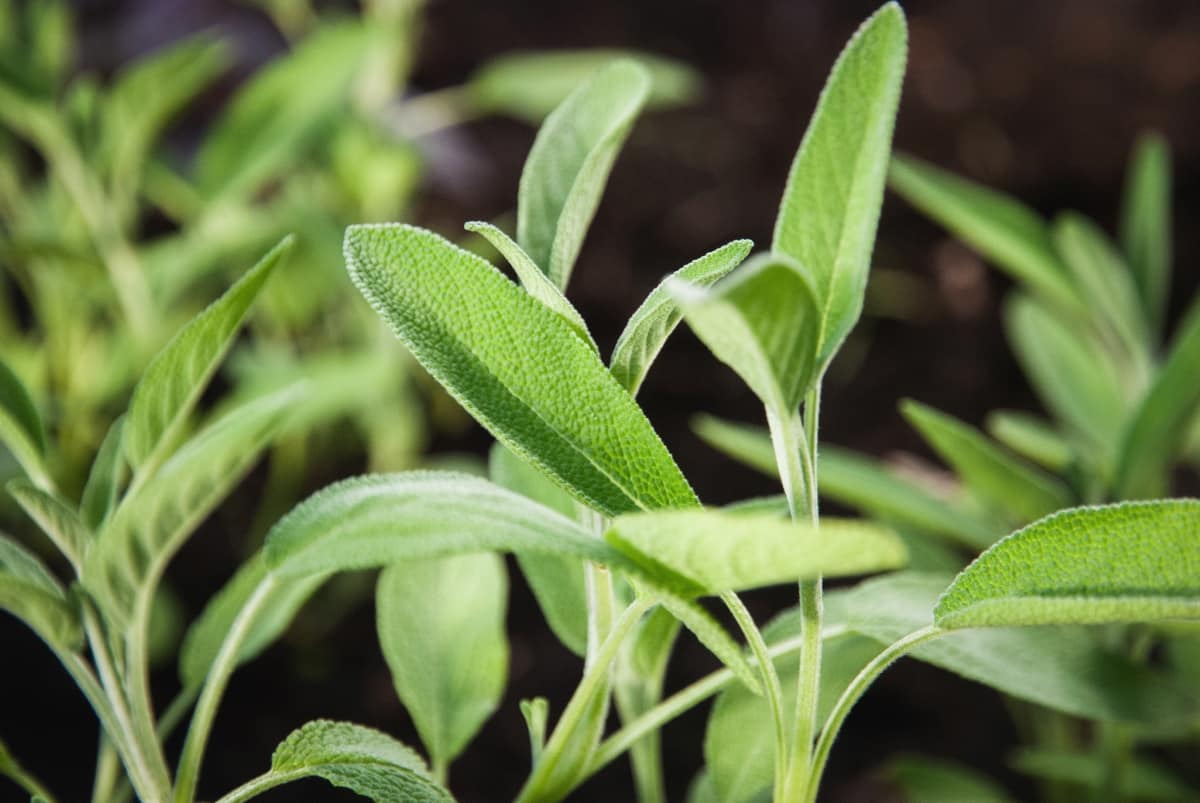Managing fungal diseases in herbs is crucial for maintaining a healthy garden and ensuring a bountiful harvest. Fungi can thrive in the warm and humid conditions often found in herb gardens, leading to various diseases that can damage or destroy your plants. Fortunately, many natural and organic methods can effectively control and prevent fungal infections. Here’s managing fungal diseases in herbs with natural and organic treatment.

Management of Fungal Diseases in Herbs
Understanding Fungal Diseases in Herbs
Fungal diseases in herbs significantly threaten plant health, often resulting from poor air circulation, high humidity, and contaminated soil. These diseases can manifest as leaf spots, powdery mildew, and root rot, compromising the overall vitality of the herb garden. Fungi thrive in damp conditions, making prevention crucial.
To effectively manage these diseases, it’s essential to comprehend their life cycles and the environmental conditions favoring their growth. Adopting a proactive approach to disease prevention is key, as natural and organic treatments can significantly reduce the need for harsh chemicals.
How to Identify Common Fungal Diseases in Herb Gardens
Identifying common fungal diseases in herb gardens is vital for timely intervention. Powdery mildew, characterized by a white powdery substance on leaves, is prevalent in dry conditions. Alternaria leaf spots appear as dark, concentric rings on leaves, while root rot may cause wilting and discoloration.
Proper identification involves regular inspection of herbs for unusual growth patterns, discoloration, or spots. Leaves, stems, and soil should be examined closely. Consider using a magnifying glass for a detailed inspection. Monitoring environmental conditions is also crucial; fungal diseases often thrive in humid, stagnant air. Integrating proper air circulation and spacing herbs appropriately can mitigate these conditions. Regularly pruning and removing infected plant parts helps prevent the spread of diseases.
Early Detection and Diagnosis in Managing Fungal Diseases
Early detection and diagnosis are pivotal in effectively managing fungal diseases in herbs. Swift identification allows for prompt intervention, preventing the escalation of the disease and minimizing its impact on herb health. Regular and vigilant inspection of plants enables growers to spot the initial signs of infection, such as discoloration, spots, or unusual growth patterns.
Timely action can then be taken, whether through removing affected plant parts, isolating infected herbs, or applying organic treatments. Early detection not only safeguards the infected plant but also helps prevent the spread to neighboring herbs, contributing to the overall health and resilience of the herb garden.
Cultural Practices for Preventing Fungal Diseases in Herbs
Start by optimizing planting layouts for proper air circulation, reducing humidity levels, and minimizing the risk of fungal development. Adequate spacing between herbs is crucial to prevent the transfer of spores. Regular pruning and thinning of dense foliage also promote air movement and sunlight penetration, creating an inhospitable environment for fungi.
In case you missed it: Management of Fungal Diseases in Lawns: How to Control and Prevent with Natural and Organic Treatment

Employing well-draining soil and avoiding overwatering helps maintain optimal moisture levels, discouraging the growth of fungi like root rot. Additionally, rotating herb crops annually prevents the buildup of soil-borne pathogens.
Natural and Organic Treatments for Controlling Fungal Infections in Herbs
Neem oil, renowned for its antifungal properties, is a potent remedy against various fungal diseases. A baking soda and water solution can effectively treat powdery mildew, while garlic-based sprays are natural fungicides. Additionally, introducing beneficial insects, like ladybugs and predatory mites, helps control pest populations that may contribute to the spread of fungal infections.
Regular applications of these treatments, coupled with good cultural practices, not only manage existing infections but also fortify the herbs against future fungal threats, ensuring a sustainable and chemical-free approach to herb cultivation.
Enhancing Soil Health to Minimize Fungal Disease Risks in Herb Gardens
Well-draining soil is essential, preventing waterlogged conditions that foster root rot and other soil-borne infections. Incorporating organic matter like compost improves soil structure and encourages the growth of beneficial microorganisms, creating an environment antagonistic to harmful fungi. Crop rotation minimizes the buildup of soil-borne pathogens, reducing the risk of recurrent infections.
Adding mycorrhizal fungi to the soil forms symbiotic relationships with herb roots, enhancing nutrient uptake and overall plant health. By prioritizing soil health through these organic practices, herb growers can create a resilient foundation that fortifies plants against fungal diseases while promoting a sustainable and eco-friendly cultivation approach.
Best Watering Techniques to Prevent Fungal Diseases in Herbs
Optimal watering techniques are crucial to prevent fungal diseases in herbs. Watering at the base of plants in the morning allows foliage to dry throughout the day, minimizing the conditions favorable for fungal growth. Avoid overhead watering to prevent prolonged leaf wetness, a common factor in diseases like powdery mildew.
In case you missed it: Management of Fungal Disease in Citrus Trees: How to Control and Prevent with Natural and Organic Treatment

Use a drip irrigation or a soaker hose to deliver water directly to the soil, keeping foliage dry and reducing the risk of fungal infections. Consistent moisture management is key to maintaining herb health and preventing the onset of water-related fungal diseases.
How to Manage Humidity and Air Circulation to Control Fungal Infections
To reduce humidity, space herbs adequately, allowing air to flow freely between plants. Prune densely packed foliage to enhance air movement and sunlight penetration. Utilize fans to improve ventilation in greenhouse or indoor settings. Monitor and adjust watering practices to avoid creating overly damp conditions.
These measures collectively create an environment inhospitable to fungi, minimizing the risk of diseases like powdery mildew and leaf spots. By controlling humidity and enhancing air circulation, herb growers can proactively address the environmental factors contributing to fungal infections.
Crop Rotation and Companion Planting Strategies for Fungal Disease Management
Implementing crop rotation and companion planting is crucial for fungal disease management in herb gardens. Rotate herb crops annually to disrupt the life cycles of soil-borne pathogens, reducing the risk of recurrent infections. Companion planting involves strategically placing herbs that mutually benefit each other, deterring pests, and inhibiting the spread of diseases. Combining these practices creates a diverse and resilient herb garden, naturally minimizing the impact of fungal diseases while promoting a balanced ecosystem.
Integrated Pest Management Approaches for Effective Control of Fungal Diseases in Herb Gardens
Integrated Pest Management (IPM) is a comprehensive strategy for controlling fungal diseases in herb gardens. IPM involves combining biological controls, such as beneficial insects, with cultural practices like proper spacing and pruning to prevent the proliferation of pests that can contribute to fungal infections.
In case you missed it: Management of Fungal Diseases in Container Plants: How to Control and Prevent with Natural and Organic Treatment

Regular monitoring helps detect early signs of infestations, allowing for timely intervention. By integrating organic treatments and fostering a healthy ecosystem, IPM minimizes the need for chemical interventions, ensuring a sustainable and environmentally friendly approach to fungal disease control in herb gardens.
Conclusion
In conclusion, a holistic approach to managing fungal diseases in herbs through natural and organic treatments is essential for sustainable cultivation. Early detection, cultural practices, and soil health improvement form the foundation, while natural remedies like neem oil and garlic-based solutions provide effective, chemical-free control.
- Beneficial Insects in Pest Management
- Natural Solutions for Pest Control in Flower Gardens
- Types of Fungicides Used in Agriculture
- Common Issues in the Fruit Development Stage of Pomegranate Farming
- Fruit Development Issues in Papaya: Easy Solutions and Treatment
- Soil-Borne Diseases and How to Protect Your Plants
- Practices to Prevent Disease Spread in the Garden
- From Wilted to Thriving: How to Treat Root Rot Naturally in Houseplants
- Natural Remedies to Cure Brown Spots on Fig Tree Leaves